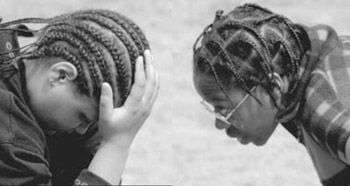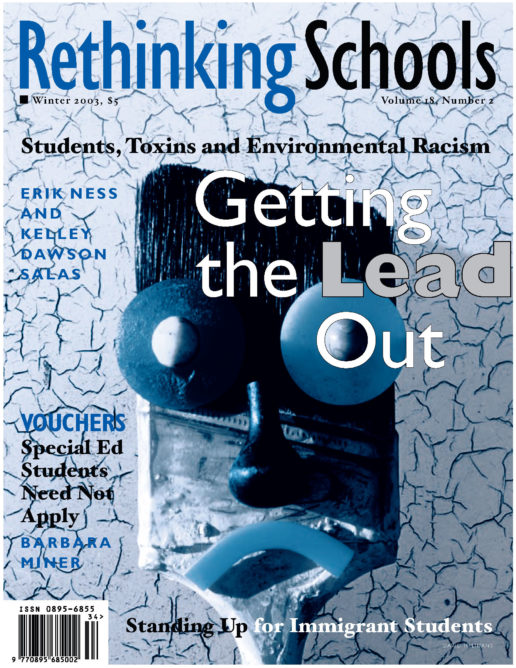Special Ed, Charters and Vouchers
Illustrator: Skjold Photography

Statistics for all publicly funded schools in Milwaukee show a wide variance in the percentage of special education students served-and offer a cautionary tale of how increasing educational options via partnership, charter, and voucher schools can potentially decrease options for special education students.
Milwaukee, which has been in the forefront of privatizing education, has an almost dizzying assortment of publicly funded schools. Most are governed by the Milwaukee Public Schools (MPS), including traditional schools, charter schools, partnership schools, and alternative schools. The City of Milwaukee and the University of Wisconsin-Milwaukee (UWM) also run publicly funded charter schools. Finally, there are the publicly funded, yet private, voucher schools.
Data on special education students in voucher schools is unavailable. State records show that in the City of Milwaukee and UWM charter schools, a number of which had their origins in private schools, only 2.6 percent of the city and 7 percent of the UWM charter students were classified as needing special services last year. (See chart.)
In the Milwaukee Public Schools, about 16 percent of the students were classified special ed. Schools with their origins in private and alternative structures, however, tended to serve fewer special education students. Since most alternative and partnership schools serve high school students, a look at high school data reveals this most clearly.
According to figures from Tim McElhatton with MPS Central Services, MPS high schools had roughly 17.3 percent special education students last year, although the figure can differ significantly from school to school. As a group (again, figures vary by school), alternative and partnership schools-semi-autonomous, sometimes private schools run under separate contracts with MPS-had 6.5 percent.

